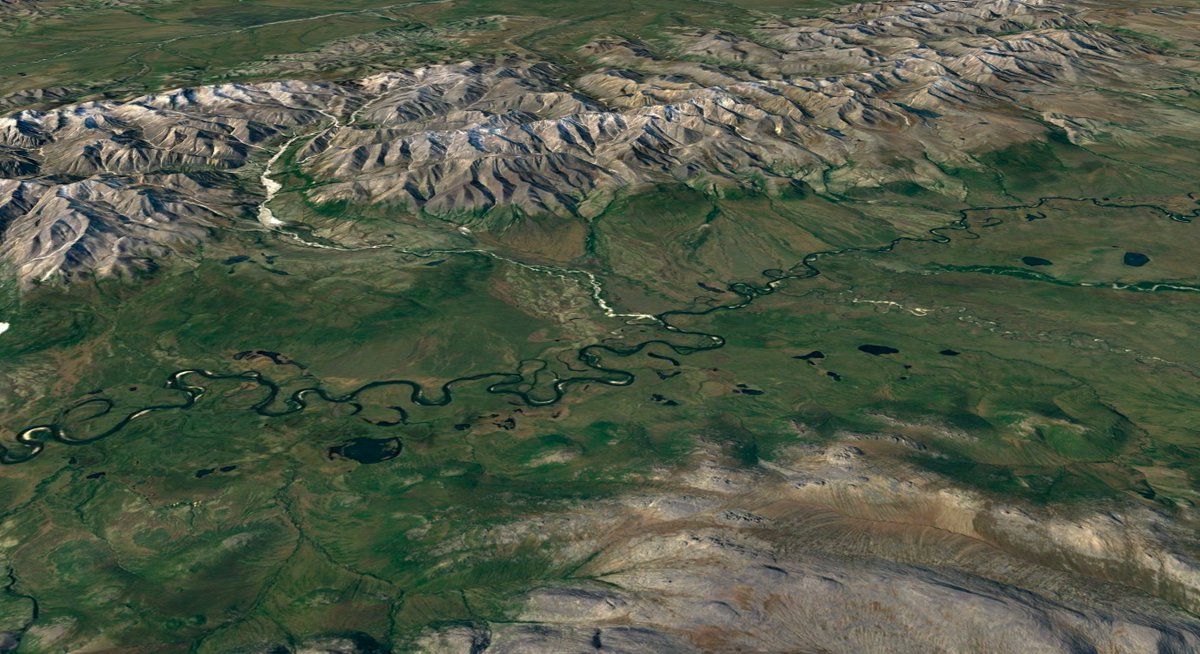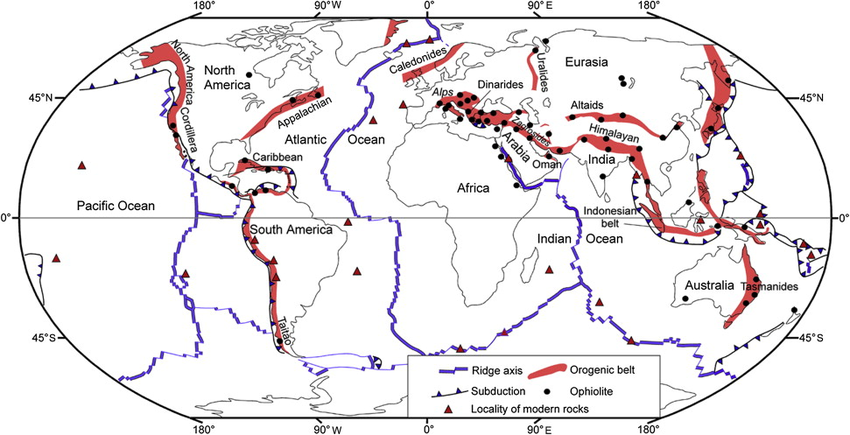
Ever look at global #earthquakes from the top down? The #NorthAmericanPlate and #EurasianPlate seem simple around the Atlantic - they're pulling apart - but if you follow that boundary across the pole to Russia, it gets weird and diffuse. 🧵1/4
#tectoplot
#tectoplot

#Iceland provides a remarkable view of the plate boundary. Here, the plates are pulling apart over a #hotspot, so the spreading center is on land instead of at the bottom of the sea.
And just look at the result! Pictured here: #LakeThingvallavatn. 2/4
nationalgeographic.org/encyclopedia/r…
And just look at the result! Pictured here: #LakeThingvallavatn. 2/4
nationalgeographic.org/encyclopedia/r…

But follow that plate boundary past the pole and under the ice, and you find yourself in Russia. Suddenly the #earthquakes are scattered and the plate boundaries poorly defined.
There's actually a whole extra baby plate here - the #OkhotskPlate. 3/4
washington.edu/news/2006/05/0…
There's actually a whole extra baby plate here - the #OkhotskPlate. 3/4
washington.edu/news/2006/05/0…

Because the transition happens across the polar region, it's rarely shown in tectonic maps. It's also not a very accessible region for field research. But it's an important part of the plate tectonic system, and satellite images of the area look gorgeous! Maybe someday... 4/4 

• • •
Missing some Tweet in this thread? You can try to
force a refresh


















